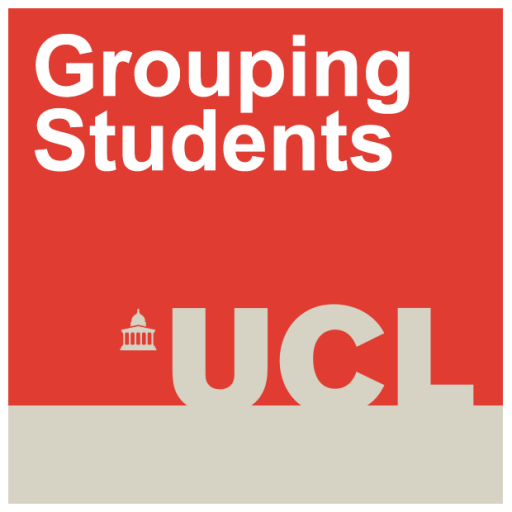Attainment grouping: what is it like for higher-attaining students?
By Becky Taylor, on 25 June 2018
Much attention has been given to the negative effects of attainment grouping on students with middle and low prior attainment. However, some research finds a positive effect of attainment grouping for students with high prior attainment. In this blog post we explore the experiences and attitudes of students with high prior attainment and those in top sets.
Becky Francis explored how students’ self-confidence was related to their attainment, and found that students in top sets for both English and maths had higher subject and general self-confidence than their peers in lower groups.
Antonina Tereshchenko has written about the attitudes of students towards mixed attainment grouping. In her paper, she finds that over half (51%) of students with high prior attainment express positive views about mixed attainment, compared with 23% expressing negative views and 26% expressing mixed views. Students who expressed positive views drew on equity discourses, such as the advantages of academic and social inclusivity, and the benefits of helping others. Those who expressed negative views were concerned about work being repetitive and not being ‘pushed’ enough.
Antonina is now exploring students’ positive views of setting (she presented an early version of this work at AERA, earlier this year). Some preliminary analysis suggests that Year 7 students in top set for English have significantly more positive views of setting overall than do their peers in middle sets, similarly Year 7 students in top set for maths have significantly more positive views than students in middle or bottom sets. Students at all levels feel that setting is meritocratic: if they work hard, then they will be rewarded by getting into a higher set (yet research suggests that movement is rare). They like having work that is on their ‘level’ – not too hard and not too difficult.
Louise Archer wrote about students’ negative views of setting, finding that students in top sets were the least negative about the practice. Students in top sets frequently expressed enjoyment of their set position and felt superior to those in lower sets. Many said that they felt deserving of their place in the top set (and that the same was true of their peers in lower sets).
For my part, I am beginning to look at students’ perceptions of teachers and teaching in different sets and in mixed attainment groups. Overall, students in top sets have the most positive attitudes towards teachers and teaching – higher than students in middle or lower sets, and higher than students in mixed attainment groups (bear in mind that for students in mixed groups, this isn’t broken down by prior attainment). The same is true for both maths and English.
We would appreciate readers’ thoughts on this analysis: it would be good to have additional hypotheses to test, and we still have more to explore from our research. Please email or tweet us if you have suggestions.
 Close
Close



